
Throughout history, love has often intertwined with power and politics. Some romances have strengthened kingdoms, while others have led to downfall and despair. Behind the political maneuvering and grand gestures, these relationships were driven by passion, ambition, and sometimes tragedy. These stories reveal not only the passion between individuals but also how their relationships influenced the course of history. Let’s explore a few of these unforgettable tales.
Related: 5 Love Stories That Could Only Come From Greek Mythology
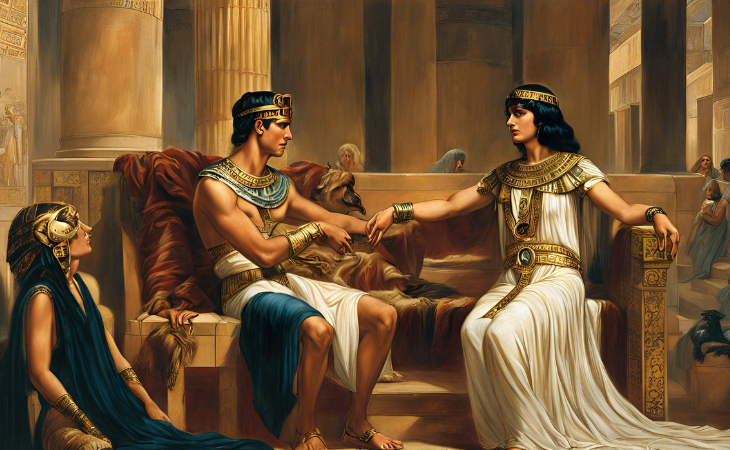
One of the most famous love stories in history is that of Cleopatra, the last queen of Egypt, and Mark Antony, a Roman general. Their relationship was not just personal but also political, reshaping the power struggles of the ancient world.
Cleopatra, known for her intelligence and charm, met Antony in 41 BC. The two quickly became allies and lovers, uniting against their common enemy, Octavian. Their time together was filled with grand feasts and extravagant displays in Alexandria, but their love also stirred controversy. Antony was already married to Octavia, and his decision to leave her for Cleopatra damaged his reputation in Rome. His alliance with a foreign queen made many question his loyalty to Rome, giving Octavian an advantage in their political rivalry.
Their fate was sealed at the Battle of Actium in 31 BC, where Antony and Cleopatra’s forces were defeated. They retreated to Alexandria, where Octavian’s army soon surrounded them. According to historical accounts, Cleopatra faked her death to avoid capture. Upon hearing this, Antony, believing she was gone, took his own life. Cleopatra later ended her life as well, possibly using a venomous snake. With their deaths, Egypt fell under Roman rule, marking the end of the Ptolemaic dynasty.
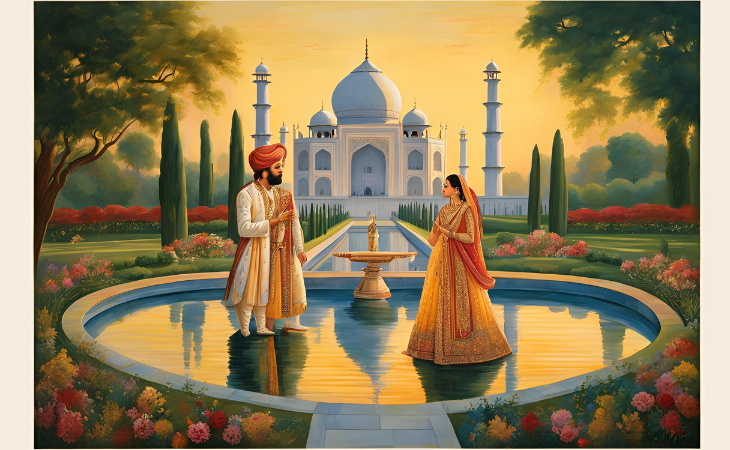
When Emperor Shah Jahan of the Mughal Empire lost his beloved wife, Mumtaz Mahal, he turned his grief into something extraordinary—the Taj Mahal. This breathtaking structure, built as a tribute to her, remains one of the most famous symbols of love in the world.
Shah Jahan ruled from 1628 to 1658 and had several wives, but Mumtaz Mahal was his closest confidante. She played an essential role in his life, offering advice and support. Her death during childbirth devastated him, and he vowed to honor her memory in an unparalleled way.
Over 20 years, thousands of artisans and architects worked on the Taj Mahal, a masterpiece of white marble, intricate carvings, and symmetrical design. The monument still draws millions of visitors each year, serving as a reminder of a love that transcended time. Shah Jahan’s later years were filled with sorrow—his son overthrew him, and he spent the rest of his life imprisoned, only able to view the Taj Mahal from a window.
Related: The Most Romantic Demonstrations of Love in All of History
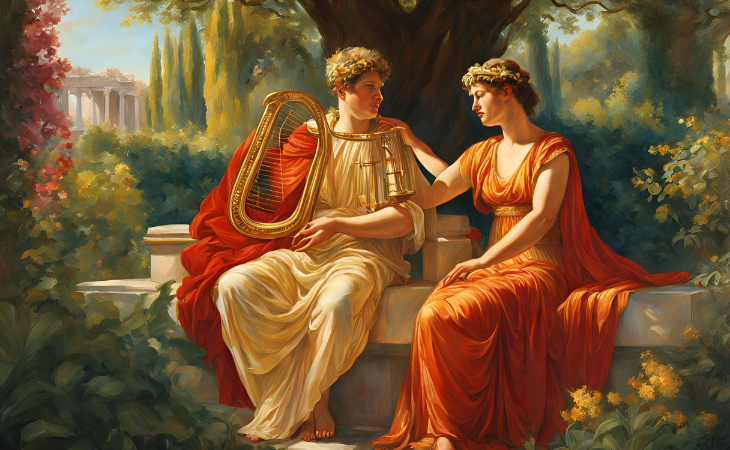
Ancient Rome was filled with dramatic love stories, but few were as scandalous as that of Emperor Nero and Poppaea Sabina. Their relationship was built on ambition and excess, and it ultimately ended in tragedy.
Nero was married to Octavia, but their marriage was unhappy. His affair with Poppaea, a married woman known for her beauty and influence, caused a scandal. Nero accused Octavia of infidelity to justify divorcing her. She was later exiled and eventually killed. With Octavia gone, Nero and Poppaea married in an extravagant ceremony, living a life of luxury and indulgence.
Their relationship took a dark turn when, in a fit of rage, Nero reportedly kicked Poppaea while she was pregnant, leading to her death. Consumed by grief, he had her buried in an elaborate tomb, but his own downfall followed soon after. His reign spiraled into chaos, ending with his suicide as Rome turned against him.
Related: Ancient Greek: 7 Types of Love
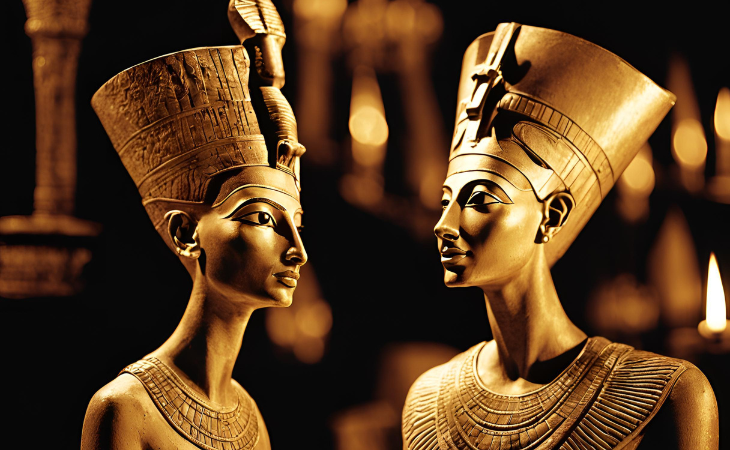
In ancient Egypt, Pharaoh Akhenaten and Queen Nefertiti shared not only a deep love but also a vision for religious transformation. Their reign was one of the most radical periods in Egyptian history.
Akhenaten, originally known as Amenhotep IV, changed Egypt’s religious landscape by promoting the worship of a single god, Aten, rather than the traditional polytheistic beliefs. Nefertiti was not just his queen but his equal, actively participating in religious and political decisions. Together, they established a new capital, Amarna, where they could practice their faith freely.
While their reign was short-lived, their influence was lasting. Nefertiti's image, immortalized in a famous bust discovered in modern times, remains one of the most recognizable symbols of Egyptian beauty and power. Although their love story ended in mystery, with some theories suggesting Nefertiti ruled after Akhenaten’s death, their partnership left a lasting imprint on history.
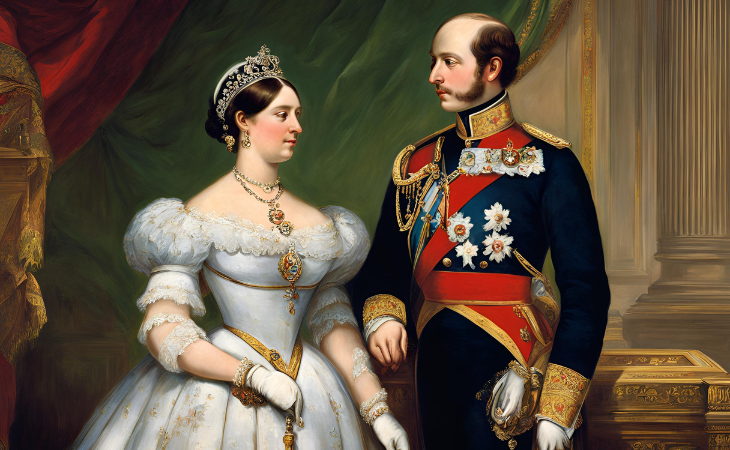
Unlike many royal marriages of their time, Queen Victoria and Prince Albert’s union was built on genuine affection. Their relationship became a defining aspect of the Victorian era, shaping not just their personal lives but also British society.
Victoria met Albert, her cousin, before she became queen. Their marriage in 1840 was more than a political alliance—it was a deep partnership. Albert played an essential role in advising Victoria on political matters and championed causes such as education and technological progress. Together, they had nine children, setting an example of family life that influenced Victorian ideals.
Tragically, Albert died at the age of 42, leaving Victoria devastated. She wore black for the rest of her life and withdrew from public appearances for years. Though she continued to rule, her grief was evident in everything she did. Even today, their love story remains one of the most well-known in British history.
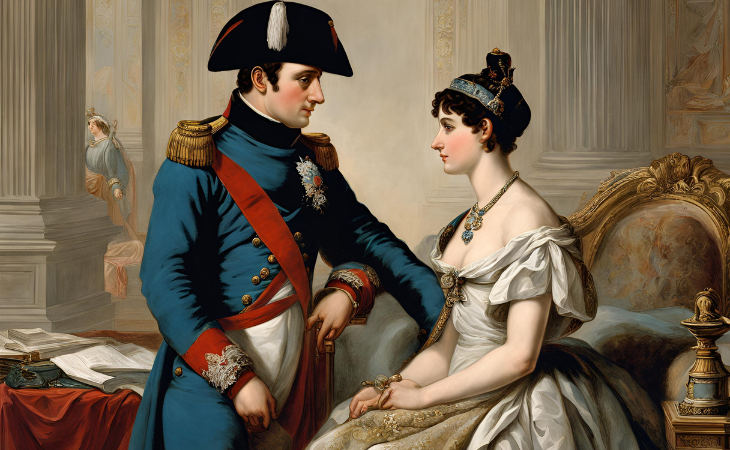
Napoleon Bonaparte, the military mastermind who rose to become Emperor of France, first encountered Josephine de Beauharnais in 1795. At the time, Josephine was a widow and mother of two, while Napoleon was a young general on the rise. Their connection was instant, and they married a year later in 1796. Josephine’s charm and warmth provided a striking contrast to Napoleon’s disciplined and determined nature.
Though their love was deep, their marriage faced challenges from the start. Napoleon’s devotion to his military campaigns often took him away for long periods, and Josephine struggled with his prolonged absences. Despite their efforts, the couple failed to produce a male heir, a matter of great importance for Napoleon’s ambitions.
By 1809, realizing that Josephine would not bear him an heir, Napoleon made the heartbreaking decision to divorce her. Despite the separation, they remained deeply connected. Napoleon ensured that Josephine was well cared for, granting her the title of Duchess of Navarre and allowing her to remain in France. Even in his final moments in 1821, Napoleon is said to have spoken her name in his last words: "France, the army, the head of the army, Josephine."
Related: Month of Love: Famous and Beautiful Paintings of Love
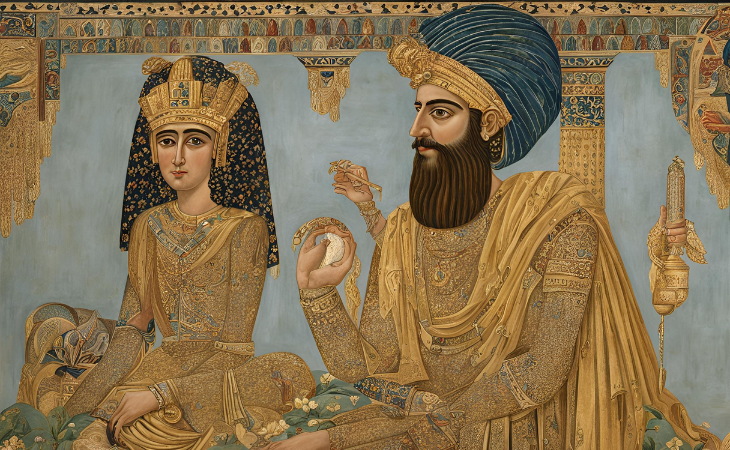
Cyrus the Great is best known for founding the Achaemenid Empire in the 6th century BC. He united the Persian tribes, conquered the Medes in 550 BC, and expanded his rule across the Near East. But beyond his military successes, he had a profound partnership with his wife, Cassandane.
Cassandane, also known as Atossa, was the daughter of a powerful Median king. Their marriage was initially a strategic alliance between the Persian and Median dynasties, but over time, it evolved into something far deeper. Cassandane became one of Cyrus’s most trusted advisors, sharing in both his victories and struggles. Together, they had several children, including Cambyses II and Smerdis, who would later play roles in Persian history.
While Cyrus is primarily remembered for his conquests, he was also known for his humane approach to governance. Unlike many rulers of his time, he respected the traditions, religions, and cultures of the people he conquered. Some historians believe that Cassandane played a role in shaping this approach, influencing Cyrus to govern with fairness and tolerance.
When Cassandane passed away, Cyrus was devastated. He arranged elaborate funeral ceremonies in her honor, a rare gesture for rulers of the time. Their love story not only left a personal impact on Cyrus but also helped define the values that shaped the Persian Empire for generations to come.